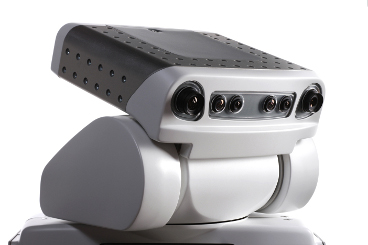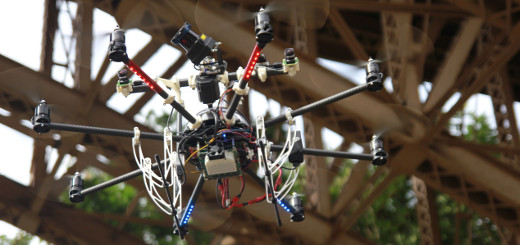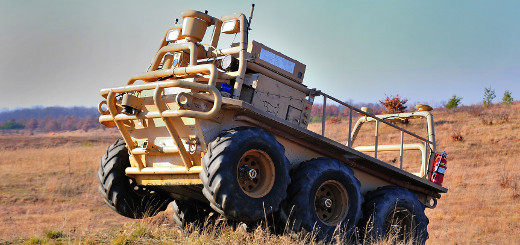DARPA’s new hollow-core fiber could lead to better sensors
A DARPA-funded team led by Honeywell International Inc. has developed a novel optical fiber design using a hollow, air-filled cores that researchers say could lead to a new generation of high-power sensors.
Hollow-core fiber has previously been available from overseas suppliers, but DARPA says its ongoing Compact Ultra-Stable Gyro for Absolute Reference (COUGAR) program has brought design and production capacity inside the United States and added several properties that are required for military applications.
Hollow-core fiber can be bent and coiled while guiding light at speeds 30-percent faster than conventional fiber. The COUGAR-developed fiber also includes three additional properties: light can take only a single path, enabling higher bandwidth over longer distances; light maintains intensity over longer distances; and the orientation of the light waves is fixed in the fiber, which is necessary for applications such as sensing, interferometry and secure communications.
According to DARPA:
The intensity of light that propagates through glass optical fiber is fundamentally limited by the glass itself. A novel fiber design using a hollow, air-filled core removes this limitation and dramatically improves performance by forcing light to travel through channels of air, instead of the glass around it. DARPA’s unique spider-web-like, hollow-core fiber, design is the first to demonstrate single-spatial-mode, low-loss and polarization control—key properties needed for advanced military applications such as high-precision fiber optic gyroscopes for inertial navigation.
DARPA program manager Josh Conway says the team is still working on integrating the technology into a gyroscope, but the fiber itself is revolutionary and could lend itself to high-power sensors and other applications where intense optical beams are required. He also notes that hollow-core fiber is naturally radiation hardened, which could open up fiber applications to space systems.
“Previous instantiations of hollow-core fiber have shown these high propagation speeds, but they weren’t able to do so in combination with the properties that make it useful for military applications,” Conway said in a statement. “The real breakthrough with COUGAR fiber is that it can achieve a single-spatial-mode, maintain polarization and provide low loss, all while keeping more than 99 percent of the optical beam in the air.”
DARPA began COUGAR to enhance fiber optic performance for military-grade gyroscopes and to develop a hollow-core fiber production capability in the United States.
[ photo courtesy of DARPA ]



